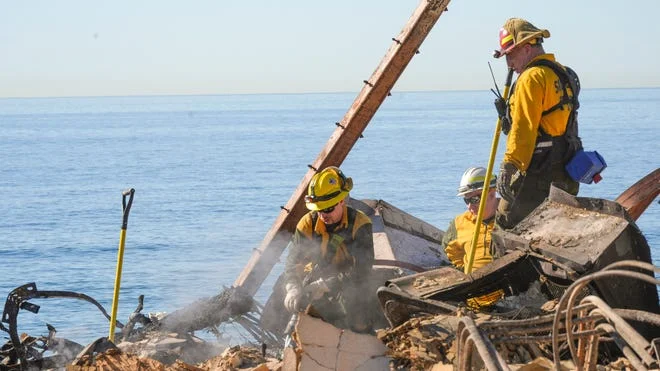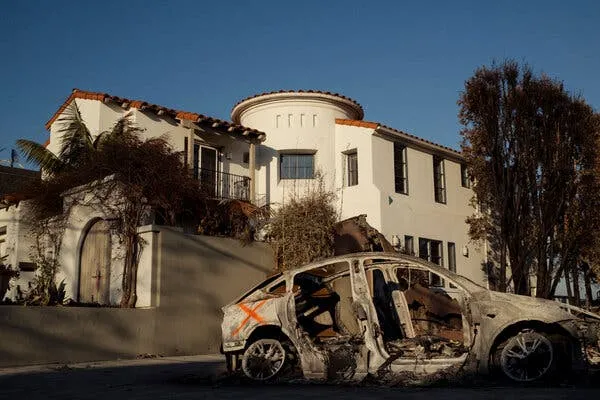
Hidden Costs of Wildfires: How California’s Insurance Crisis Is Hitting Homeowners Where It Hurts
In the wake of catastrophic wildfires that ravaged California earlier this year, homeowners are now facing an unexpected financial burden as State Farm, the state's largest insurer, has been granted an emergency rate increase. This decision, approved amid growing concerns over insurer stability and consumer affordability, raises questions about the true price of natural disasters and who pays the tab.
The controversy stems from January's destructive fires in neighborhoods like Pacific Palisades and Altadena, which destroyed thousands of homes and left families grappling with insurance claims. State Farm requested a nearly 22 percent hike but settled for an average 17 percent increase for homeowners' policies, effective June 1. Renters and condo owners could see a 15 percent rise, while rental dwellings face a staggering 38 percent jump. California Insurance Commissioner Ricardo Lara described this as a 'tough compromise' in a statewide insurance crisis, emphasizing the need to prevent insurers from fleeing the state.

Critics, including Consumer Watchdog's executive director Carmen Balber, argue that this hike adds 'insult to injury.' Homeowners like Rachel Telleria from Altadena, whose home was damaged in the Eaton Fire, have reported delays and underpayments on claims. 'We're four months out, and I'm still not back in my home,' Telleria shared, describing the toll on her health and family. Despite State Farm's claims of paying over $3.5 billion in wildfire-related payouts and handling more than 12,000 claims, many policyholders feel abandoned.
Analysis reveals a deeper issue: California's vulnerability to climate-driven disasters is straining the insurance market. State Farm cited 'extraordinary financial distress' and a recent credit downgrade from S&P Global as justification, but independent actuaries hired by Consumer Watchdog suggested the company exaggerated its losses. This rate approval could set a precedent, potentially prompting other insurers to follow suit and exacerbate the crisis for millions of Californians already burdened by rising costs.
As the situation unfolds, a full hearing later this year will scrutinize State Farm's finances more closely, with possible refunds if rates are adjusted downward. The interplay between environmental risks and economic policy is clear: wildfires not only destroy homes but also inflate everyday expenses, forcing residents to question the reliability of their safety nets.

In summary, this emergency rate hike underscores the urgent need for balanced solutions to California's insurance woes, from stricter regulations to climate resilience efforts. As homeowners navigate these challenges, one thing is certain: the costs of wildfires extend far beyond the flames. What are your thoughts on this decision? Share your experiences or opinions in the comments below and help spark a conversation on how we can better protect our communities.